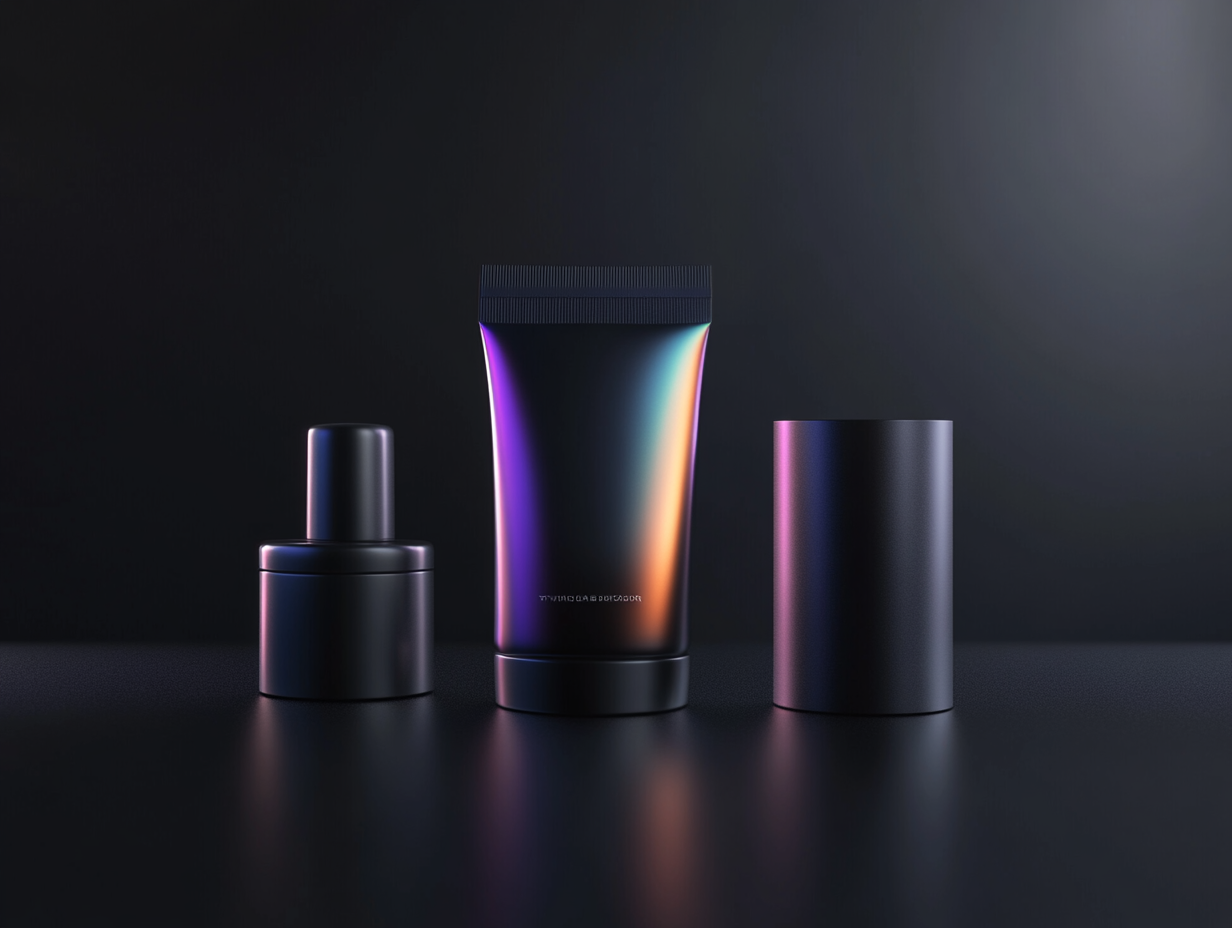5 Website Truths for Marketers
Field Notes
Marketing with content fails without a design system
Marketing with content isn’t enough to stand out, especially for teams chasing credibility and scale. Learn how a design system builds trust with every click.
Prism
May 29, 2025
Content alone isn’t enough
Marketing with content is a phrase that’s popped up more and more lately—but it’s really just content marketing, reworded. And no matter what you call it, the strategy works… until it breaks.
Why? Because most teams start publishing without ever thinking about the design system behind their content experience.
The idea seems simple: create useful things, build trust, generate leads.
But when each post, landing page, whitepaper, and demo slide looks and feels a little different, your content may be smart, but your brand feels scattered.
That’s where design systems come in.
If you’re serious about scaling content-led marketing while maintaining premium brand perception, a design system is your secret weapon.
A design system is not a style guide
A style guide is a snapshot. A design system is an ecosystem.
Style guide
Style guides give you static rules like logos, fonts, and colors. They’re useful, but limited. They help you look consistent, but they don’t help you build consistently, especially when you’re creating across multiple platforms or collaborating across departments.
Design system
A design system, on the other hand, is a living toolkit. It’s a strategic framework that evolves with your brand and fuels every piece of content, every page layout, and every customer touchpoint.
Here’s what a design system includes and how it supports content marketing at scale:
Typography rules
Establish visual hierarchy across content types (e.g., blogs, ebooks, product pages)
Color hierarchies
Guide attention to CTAs, alerts, and key messaging in ways that feel intuitive
Layout frameworks
Ensure your pages flow consistently whether it’s a blog post, case study, or landing page
UI components
Enable interactive content blocks like tabs, accordions, sliders, and galleries that are reusable and brand-aligned
Voice & tone principles
Keep messaging consistent across blog posts, social content, and sales enablement pieces
Reusable modules
Build once, deploy anywhere—from website to email to paid media
The goal isn’t just to look good. It’s to build trust through consistency and move faster by removing friction for your team.
When you combine this with content, something powerful happens:
You move from marketing with content to delivering branded experiences.
In a noisy, short-attention digital landscape, experience is what people remember.
The problem with most content-driven websites
The reality is most marketing websites aren’t ready to scale content. They’re built like static brochures, not dynamic ecosystems.
Common symptoms:
- Blog post layout doesn’t support long-form readability
- Landing pages are built from scratch every time
- Design breaks when a non-designer tries to update content
- No system exists to match product UI with marketing design
If your brand is publishing weekly and thinking about SEO, social distribution, and outbound enablement, you need your design to keep up with your content velocity.
How design systems support marketing with content at scale
❌ Without a design system
- Your site slows down as the team scales
- Your content marketing looks mismatched
- Your brand equity gets diluted across every new campaign
✅ With a design system
- Anyone on the team can publish within brand
- Every asset reinforces recognition and trust
- Developers aren’t reinventing layouts every time
- Your content performs and looks premium
A study by McKinsey & Co. found that companies which performed best in design achieved average revenue growth that was 32 percent higher than their peers over five years. They also had a 56 percent higher shareholder return during the same period.
Mckinsey
That’s not just about aesthetics. It’s about repeatable systems that actually make an impact.
When your design system is working
A working design system doesn’t just make your content marketing look consistent. It makes it feel like your brand knows exactly what it’s doing.
You’ll know it’s working when
✅ Your website feels faster to update, not just better looking.
✅ Every interaction feels familiar across all channels, even if the content is brand new.
✅ Marketers, writers, and designers stop asking each other for answers.
✅ Your content still feels branded when viewed out of context.
It’s typography that guides the eye, color systems that know what matters, layouts that breathe instead of crowd, and a voice that stays on-brand even when the topic shifts.
Design systems make the invisible feel intentional. They turn content marketing one-offs into a scalable, story-driven experience at every touch point. One that builds trust by doing exactly what the audience expects, before they even ask.
They make marketing with content feel real.
How Prism SiteLaunch approaches design systems
We built Prism SiteLaunch™ to solve more than just how your website looks.
It solves how your brand performs everywhere—especially in the hands of content creators and marketers.
Prism wields the web design process as more than just a great looking site.
It’s the engine of alignment
- Brand strategy is consolidated into scalable, digital expressions
- We ideate standout front-end moments that look premium and feel unforgettable
- We turn each design decision into component, ready for re-use across web, email, social, sales collateral, and product
It’s a fully branded experience layer anchored in strategy, built for performance, and equipped tools that sync across your entire ecosystem—content marketing included.
Ready for More?
If your content is scaling but your brand systems aren’t, the next step is exploring how Prism helps you unify design, message, and performance in every touchpoint.
Coming soon




